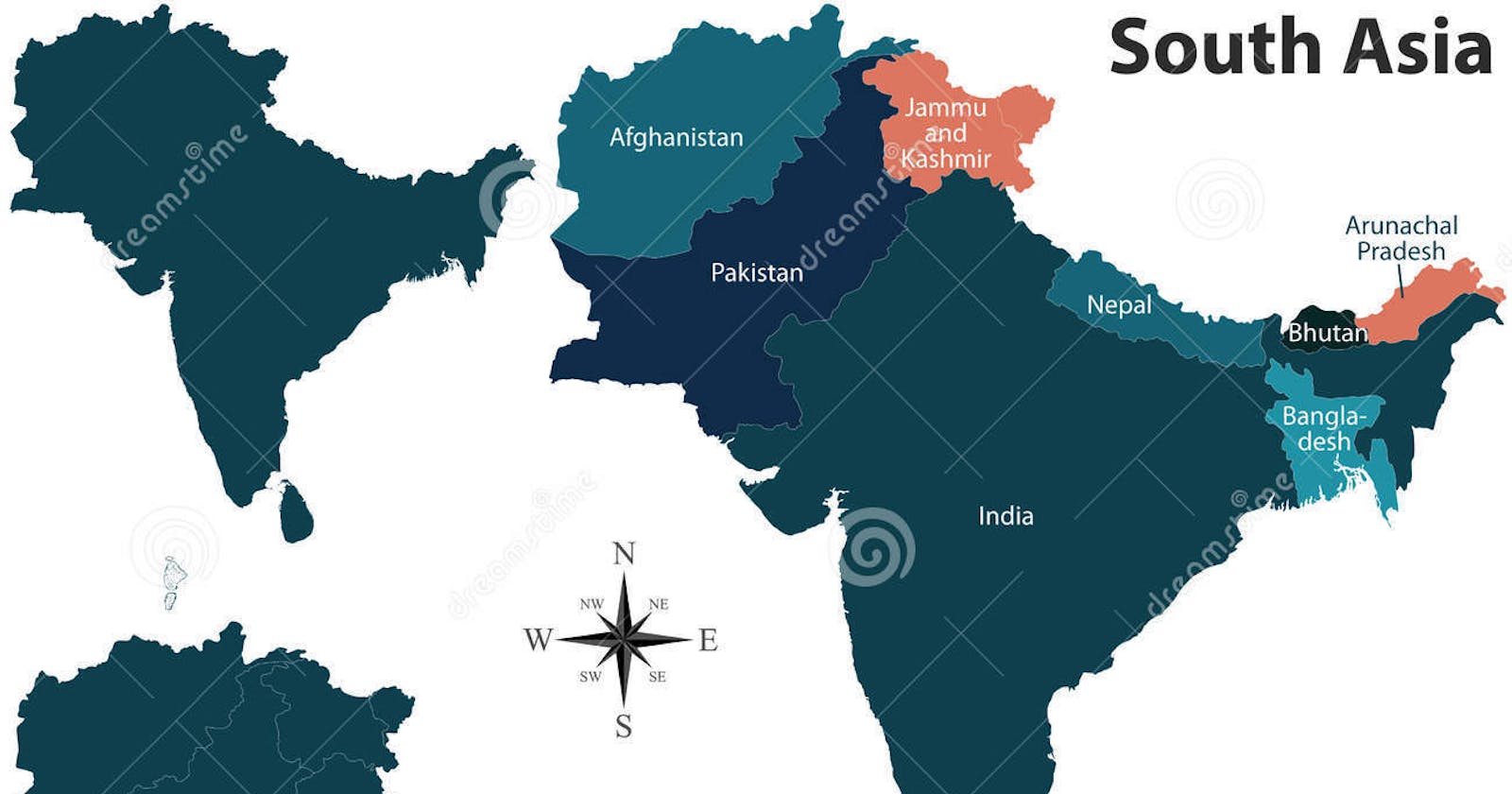South Asia does not have one political system for the entire region. Instead, each country within the region has its own political system. India and Pakistan are both federal republics. Afghanistan is an Islamic republic. Bangladesh rules under a parliamentary democracy. Bhutan uses a constitutional monarchy. Maldives and Sri Lanka are both republics. Nepal is a federal democratic republic. Although each country uses its own system, each country is able to rule in an appropriate way for their people.
South Asia breeds some of the most intense political issues in the world. One major issue happening now is the War on Terror. This fight is between Pakistan and Afghanistan. The more that these two countries fight, the more likely it is that these countries become more radicalized as well as destabilized. Another issue that caused tension in South Asia is the fight over Kashmir. Pakistan and India fought four wars over the land. Both countries wasted money and had many casualties. In Nepal, there was a withdrawal of the monarchy from active politics. This caused an issue in their government. Afghanistan struggled in the late 1980's because the Soviets withdrew themselves and the U.S. abandoned Afghanistan. Then the U.S. began to fight the Taliban and Al-Qaeda in Afghanistan and Pakistan. The war became universal and caused chaos in South Asia. There have been several other issues within South Asia, but these issues are some of the more serious ones.
Each country in South Asia has their own election for their political leader. In India, the president is elected by an electoral college that consists of elected members of both houses of Parliament and the legislatures of the states for a five-year term. There is not a limit on how many terms the president can serve. Pakistan holds an election for their president by secret ballot through an Electoral College which is made up of the members of the Senate, National Assembly, and provincial assemblies. The term is for five years. Afghanistan holds an election for their president by direct vote for a five-year term. The president is eligible for a second term. Bangladesh holds their elections by popular vote. In Bhutan, the monarchy is hereditary, but the 2008 constitution grants the Parliament authority to remove the monarch with two-thirds vote. Maldives' president is elected by direct vote for a five-year term. The president is eligible for a second term. In Sri Lanka, the president is elected by popular vote for a six-year term. They are eligible for a second term. Nepal's president is elected by Parliament. Although each country votes differently, all, with the exception of Bhutan, participate in some sort of election.

